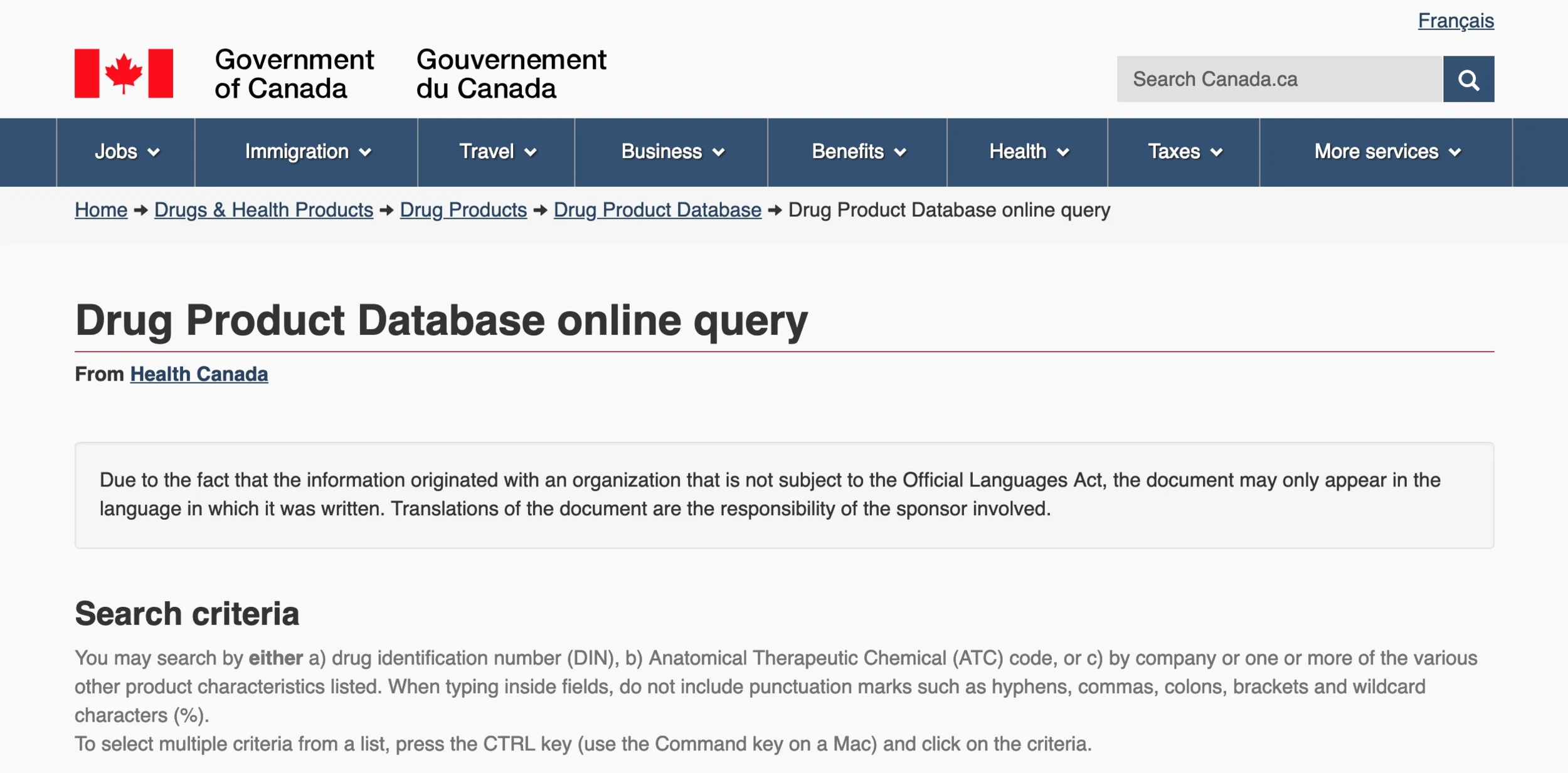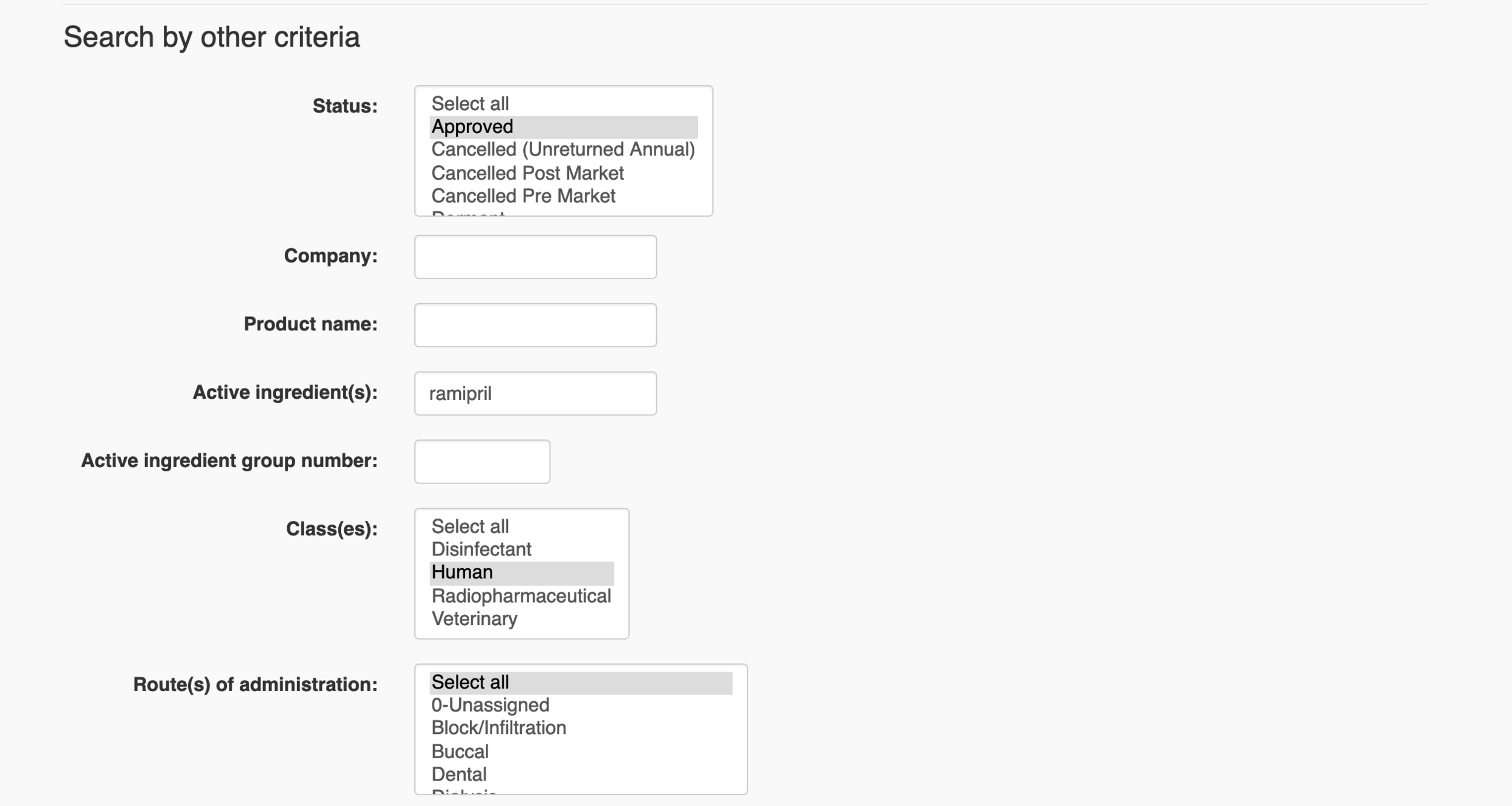Ever wonder where your pharmacist gets all that information? Wouldn’t it be nice to have access to it as well? Fret no more, because in this post I will show you how to get the information you want about any medication in Canada without needing to sift through the google of things to find it!
Pharmacist’s are strange people. It’s no secret. Even Hollywood has caught on (ever seen a normal pharmacist in any form of media ever?). Part of our collective strange is our compulsive need for standardization and organization. It permeates our entire culture; from the way prescriptions are filled and labeled, to the resources we use to answer your questions. Why are we so particular?
Because pharmacists are the goalies of the healthcare team.
We’re the last line of defence before a medication reaches a patient, and it’s our responsibility to ensure that whatever we sign off on is safe and effective for our patients. Being a goalie is high pressure! There are countless ways that things can go wrong with medications, and the threat is even greater with the aging population and increased pressure on our healthcare system. With that in mind, what we need from a drug information resource is a standard format of unbiased data that we can interpret and make a decision with quickly. Enter the product monograph:
What is a drug monograph?
A screenshot of the first page of the monograph for ramipril.
A drug monograph is a set medication data compiled by the manufacturer and meant to guide its safe prescribing and use. Monographs have a standard format beginning with the indications for use, and ending with packaging and storage particulars.
In a drug monograph you will find the following:
Summary of the product-full list of ingredients for each dosage form and strength available
Indications and clinical use-lists the Health Canada approved uses
Contraindications-who should absolutely not use this drug
Warnings and Precautions-gives an overview of some things that can go wrong with the medication
Adverse Reactions-a list of the reactions people have had to the medication including the frequency at which these things were reported.
Drug Interactions-does this medication play nice with others?
Dosage and Administration-what dose and regimen should be prescribed? Dosing strategies are provided for the general population as well as for special cases like the very young, or people with impaired kidney function.
Overdosage-signs and symptoms of overdose and how to manage it
Action and clinical pharmacology-how does it work and how does it interact with the body’s systems.
Storage and stability
Dosage forms, composition and packaging
How to find a drug monograph:
The best place tofind a monograph for any drug product licensed for sale in Canada is the Drug Products Database hosted by the Government of Canada. Here’s what the page will look like:
You can browse the database alphabetically or search it based on the information you have available. Usually the easiest way to search is using the Drug Information Number (DIN), which you can find on your medication label from the pharmacy. The image below shows my search for ramipril, a very common medication for hypertension:
Eventually, you will get to a page with a link to a pdf of the monograph. Voila! You’ve now got everything you could possibly hope to know about the medication in question. Beware though: the information contained therein is not for the faint of heart. Read on and you might just understand why your pharmacist is so nutty all the time!
Happy learning!
xo Kimberley
—————————-
Enjoy this article?
Subscribe to my e-mail list and get content straight to your inbox.
I have a full time job so you can rest assured there won’t be any spam coming from me! ;)
Alternatively, you can follow me on facebook and instagram.



